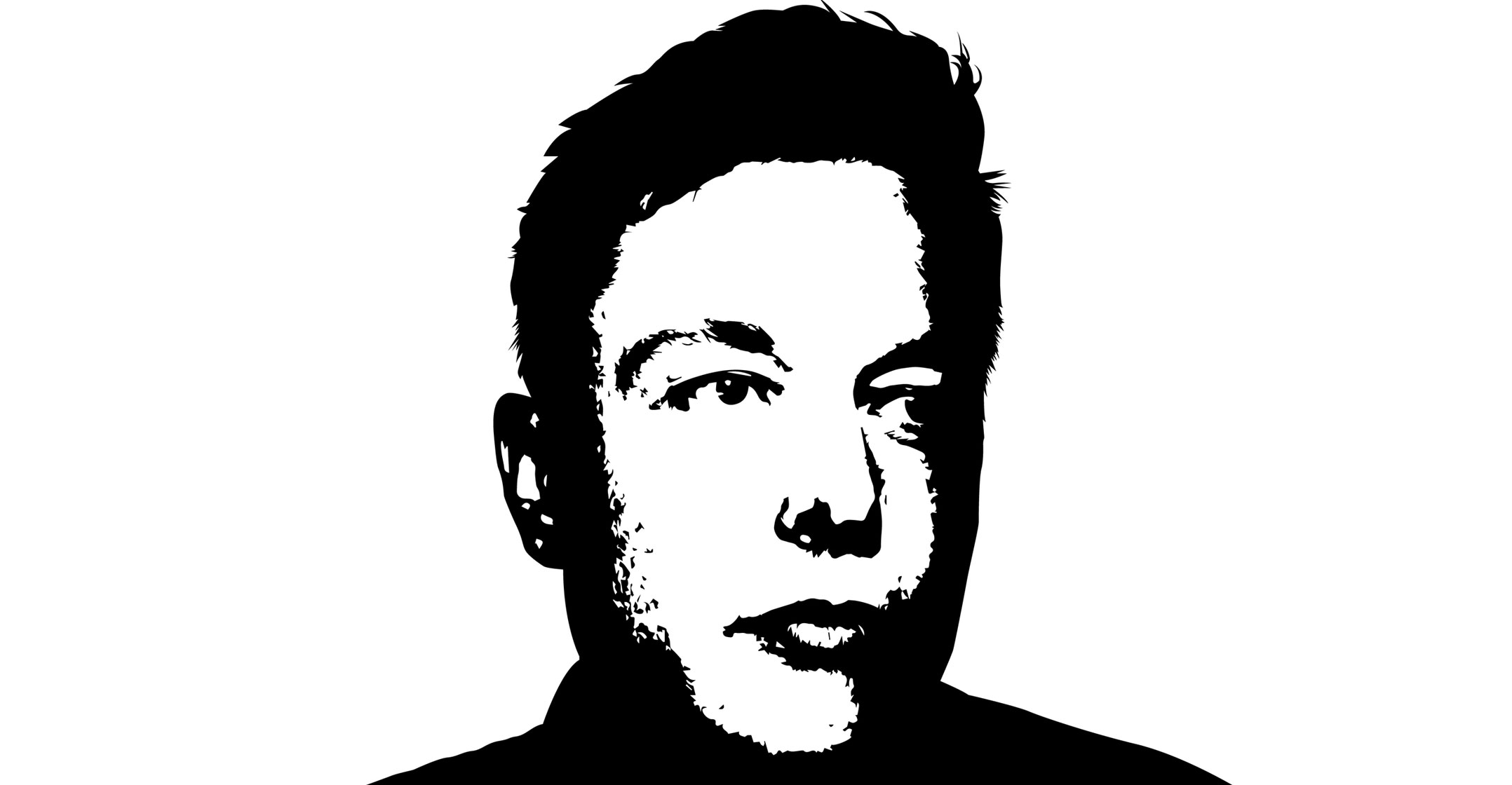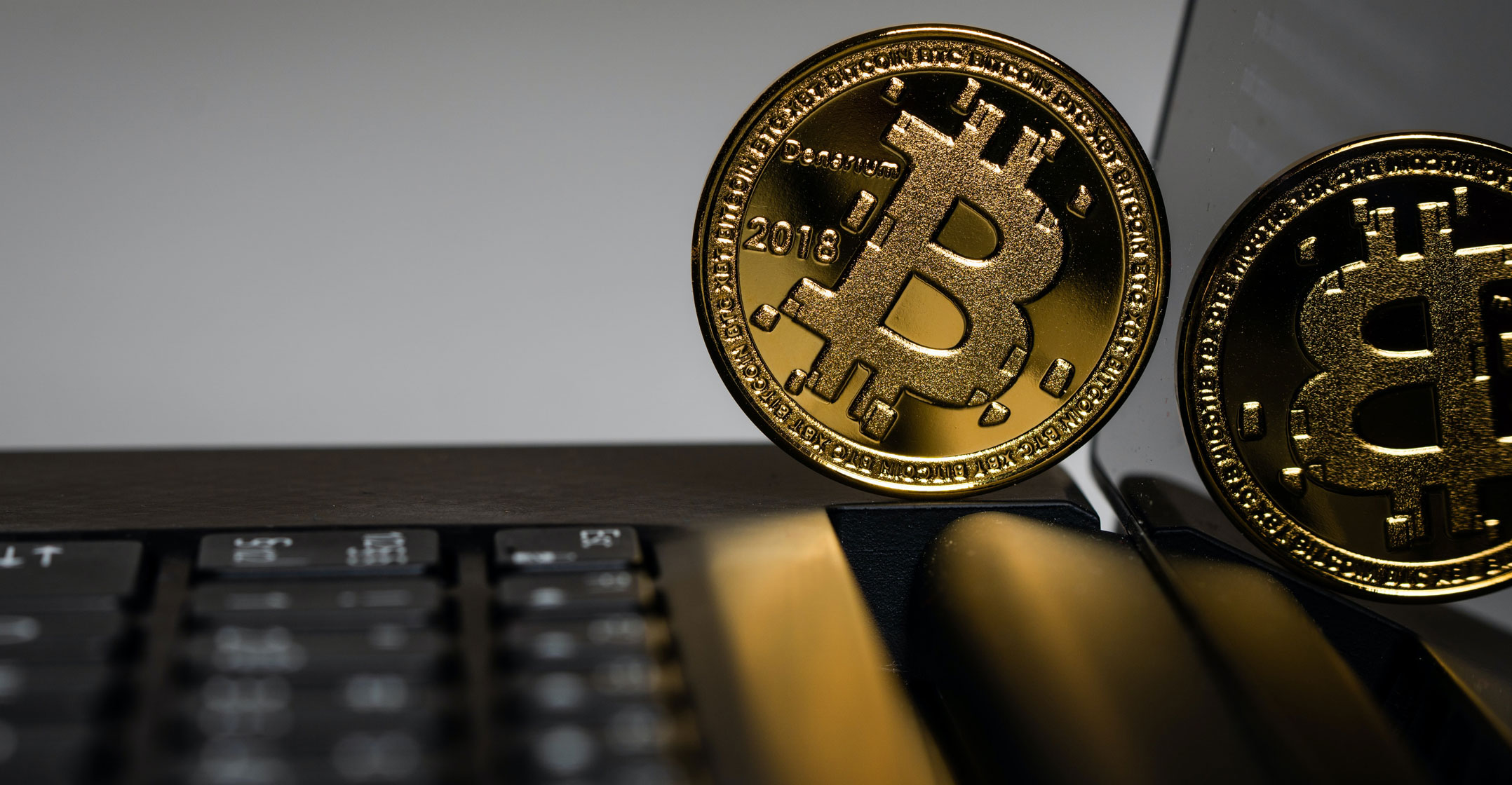
When electric car maker Tesla said in February it would buy US$1.5-billion worth of bitcoin and start accepting it as payment, billionaire boss Elon Musk had little to say about the cryptocurrency’s wasteful energy consumption — despite the obvious inconsistency with his firm’s green credentials.
And when fellow bitcoin bulls Jack Dorsey and Cathie Wood last month backed a report claiming that combining cryptocurrency mining and renewable energy projects could be good for the environment, Musk praised the paper as “true”, even though its optimistic and overconfident assumptions smacked of greenwashing.
So, while it’s an encouraging development to see Musk’s latest tweet acknowledging bitcoin’s inconvenient truth, namely that energy-inefficient mining algorithms by some measures consume more power than entire countries, the speed of his overnight conversion is a little discombobulating. Not least for the crypto fans hanging on Musk’s every word, who were stung by the $365-billion or so wiped off the market’s value following Musk’s decision to halt support for bitcoin payments.
Taking the tweet at face value — which is dangerous with a Pied Piper character like Musk — suggests that the alternative energy facts being pumped into the room by bitcoiners weren’t gaining traction.
Cheap and abundant power is essential to crypto miners, with coal accounting for an estimated 38% of their supply, according to the Cambridge Centre for Alternative Finance. Estimates of the bitcoin network’s total energy consumption vary widely but run from 20 to 80 terawatt-hours in 2019 to more than 100TWh this year. Despite the efforts of celebrity backers such as Dorsey and Wood in pushing narratives about renewable mining, the laser-eye crowd never came close to debunking energy concerns.
Speculative hoarding
Musk’s move may also indicate that Teslas weren’t flying off the shelves as a result of accepting bitcoin payment. Another inconvenient truth about bitcoin is that its huge price swings and artificially limited supply make it much better as a tool for speculative hoarding than for buying things — which can be a taxable event. In late March, a Tesla representative told CoinDesk it wasn’t clear if any cars had been paid for with the cryptocurrency. The company later disclosed it had netted $101-million in income from selling about 10% of its own bitcoin holdings.
Tesla’s U-turn also suggests that the hype around the company’s bitcoin support may not have been worth the questions and doubts from institutional investors who are increasingly paying attention to environmental, social and governance factors. “Can sustainability investors consider owning companies associated with crypto?” UBS economist Paul Donovan wondered in February. Musk has made the question a little easier to answer, even if he says Tesla will still keep its own bitcoin pile.
Perhaps it isn’t a coincidence that this is happening amid a broader shift in financial markets. Inflation fears and bond yields are rising and eating into optimistic moonshot investments. The tech-heavy Nasdaq stock index is down this week; shares of Wood’s ARK and Tesla have fallen sharply. Bitcoin is still above $50 000, but after an 8% fall in three days it’s hardly behaving like an unbeatable inflation hedge.

Musk has left just enough fuel in the tank to avoid abandoning his crypto disciples completely. By leaving the door open to using tokens that are less wasteful than bitcoin, he’s hedging his bets on the future of money — and reserved the right to keep trolling the Internet as a result. On Tuesday, he asked his followers whether Tesla should accept satirical bitcoin spin-off dogecoin, shortly after calling it a “hustle” on Saturday Night Live. Ether, meanwhile, aims to move away from a mining model based on computational “work” towards one powered by existing coin “stakes”. Alternative models are out there.
Still, the more Musk blends payment U-turns, social media memes and stand-up comedy, the harder it will be to detect where the future of money ends and the “hustle” begins. Which might be the whole point. — By Lionel Laurent, (c) 2021 Bloomberg LP




